The story of the passenger pigeon is one of the most haunting tales in the annals of ecological history. Once the most abundant bird in North America, with flocks so dense they darkened the skies for days, the species was driven to extinction in a shockingly short span of time. The last known passenger pigeon, Martha, died in captivity at the Cincinnati Zoo on September 1, 1914. Her death marked the end of a species that had numbered in the billions just a century earlier. The rapid decline of the passenger pigeon serves as a stark reminder of how human activity can trigger a cascade of ecological consequences—a domino effect that reverberates through ecosystems long after the initial collapse.
The passenger pigeon's extinction was not an isolated event but rather a symptom of broader environmental upheaval. The birds played a crucial role in their ecosystem, shaping the forests they inhabited. Their massive flocks would descend upon areas, breaking tree branches with their collective weight and creating clearings that allowed new growth to flourish. This disturbance was essential for maintaining the health and diversity of eastern North America's forests. With the pigeons gone, the forests lost a key architect, and the ripple effects were profound. Certain tree species that relied on the pigeons' foraging habits struggled to regenerate, while other animals that depended on those trees for food or shelter faced new challenges.
Human exploitation was the primary driver of the passenger pigeon's demise. The birds were hunted relentlessly for their meat, which was cheap and abundant, making them a staple food for both the poor and the wealthy. Advances in technology, such as the telegraph and railroads, allowed hunters to locate and transport massive quantities of pigeons to urban markets with terrifying efficiency. The slaughter reached industrial scales, with millions of birds killed annually. By the late 19th century, the population had collapsed to a point of no return. The birds' social behavior, which had once been their strength—relying on sheer numbers for survival—became their fatal weakness. Once their numbers dropped below a critical threshold, the species could no longer sustain itself.
The ecological aftermath of the passenger pigeon's extinction offers a sobering lesson in interconnectedness. The disappearance of such a numerous species left a void that other organisms could not fill. Acorns and nuts, once consumed in vast quantities by the pigeons, now piled up on forest floors, leading to booms in rodent populations. These rodents, in turn, became vectors for diseases like Lyme disease, which began to spread more readily in the absence of the pigeons' regulating influence. The forests themselves grew denser and less diverse, as the natural cycles of disturbance and regeneration were disrupted. The domino effect extended far beyond what anyone could have predicted at the time.
Today, the passenger pigeon stands as a symbol of humanity's capacity to alter the natural world irreversibly. Its story is often invoked in discussions about conservation, habitat destruction, and the ethical responsibilities humans bear toward other species. Scientists have even explored the possibility of "de-extinction" using genetic technology to bring the passenger pigeon back, though such efforts remain controversial. Critics argue that the focus should be on preventing further extinctions rather than attempting to reverse past mistakes. The debate underscores the complexity of our relationship with nature and the unintended consequences of our actions.
The parallels between the passenger pigeon's fate and modern environmental crises are impossible to ignore. Climate change, deforestation, and biodiversity loss are all symptoms of the same underlying issue: humanity's unsustainable exploitation of natural resources. Just as the passenger pigeon's extinction triggered unforeseen ecological disruptions, the current mass extinction event—driven by human activity—threatens to unravel ecosystems in ways we cannot yet fully comprehend. The lesson of the passenger pigeon is not just about mourning a lost species but about recognizing the fragility of the systems that sustain life on Earth.
In the end, the passenger pigeon's story is a cautionary tale of neglect and short-sightedness. It reminds us that abundance is not a guarantee of survival and that even the most numerous species can be vulnerable to collapse. The ecological dominos that fell in the wake of the passenger pigeon's extinction continue to resonate today, urging us to reconsider our impact on the planet. As we face the growing challenges of the Anthropocene, the ghost of the passenger pigeon serves as both a warning and a call to action—a plea to break the cycle before more species vanish into memory.

By /Jul 16, 2025
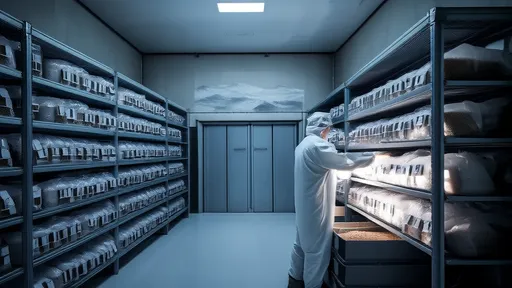
By /Jul 16, 2025
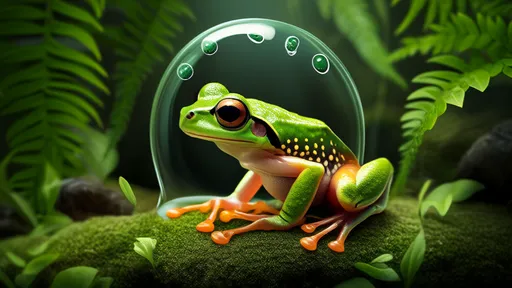
By /Jul 16, 2025
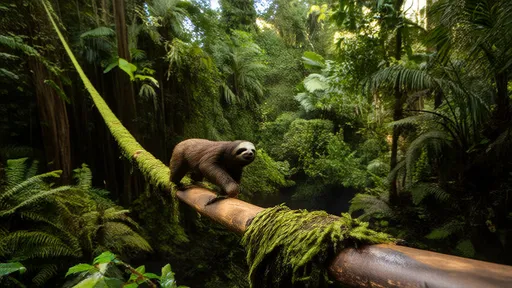
By /Jul 16, 2025
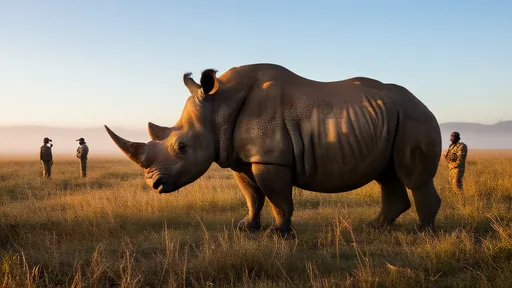
By /Jul 16, 2025

By /Jul 16, 2025
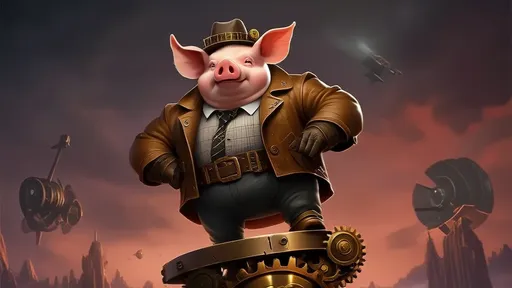
By /Jul 16, 2025
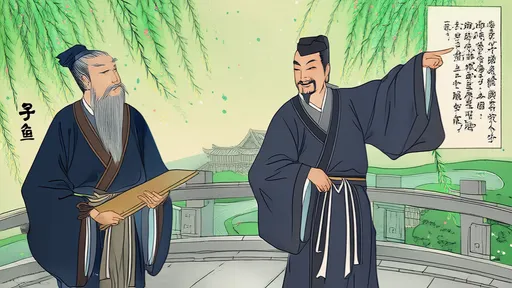
By /Jul 16, 2025
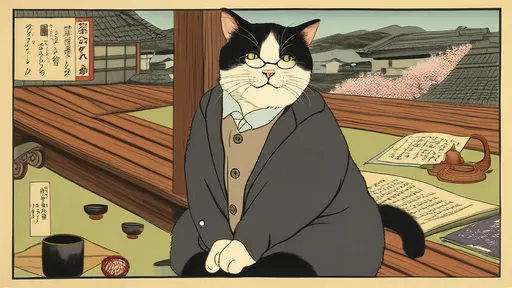
By /Jul 16, 2025
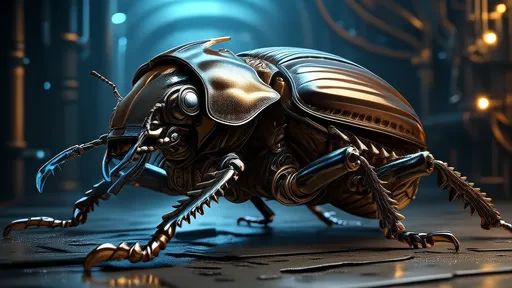
By /Jul 16, 2025
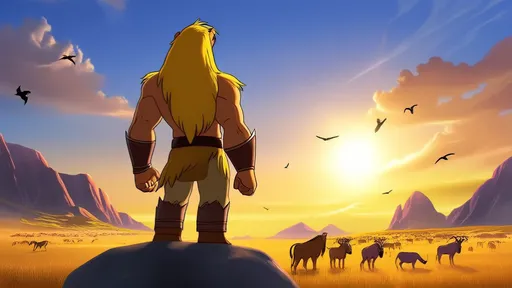
By /Jul 16, 2025
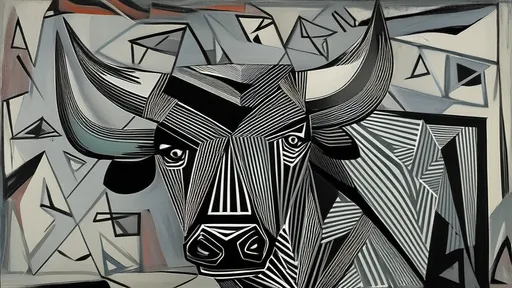
By /Jul 16, 2025
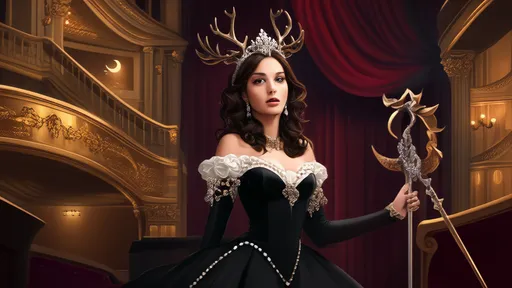
By /Jul 16, 2025
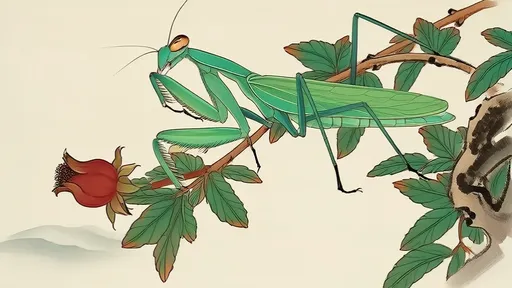
By /Jul 16, 2025
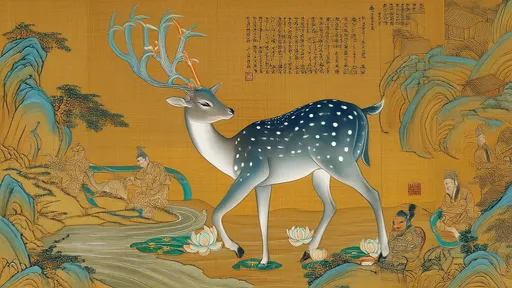
By /Jul 16, 2025
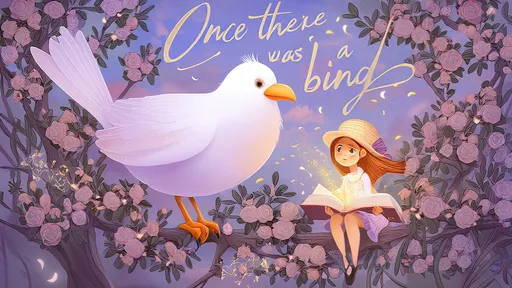
By /Jul 16, 2025
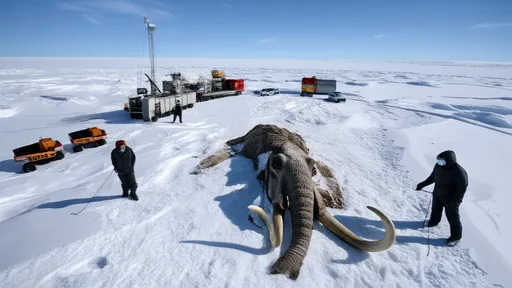
By /Jul 16, 2025
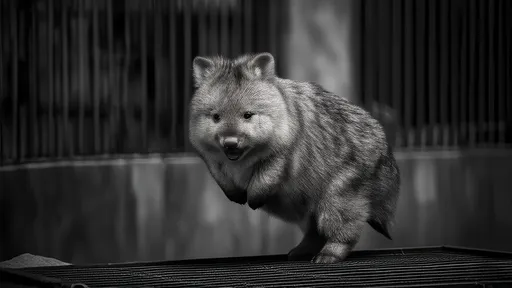
By /Jul 16, 2025
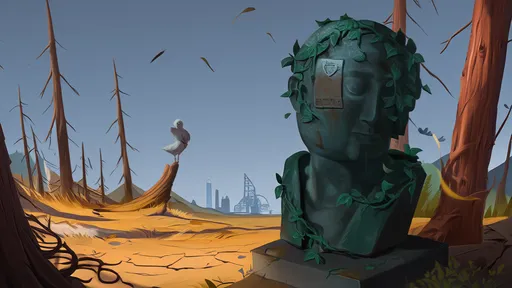
By /Jul 16, 2025
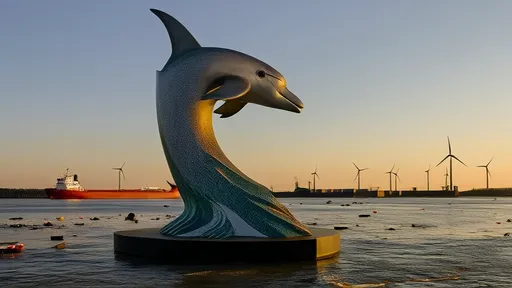
By /Jul 16, 2025